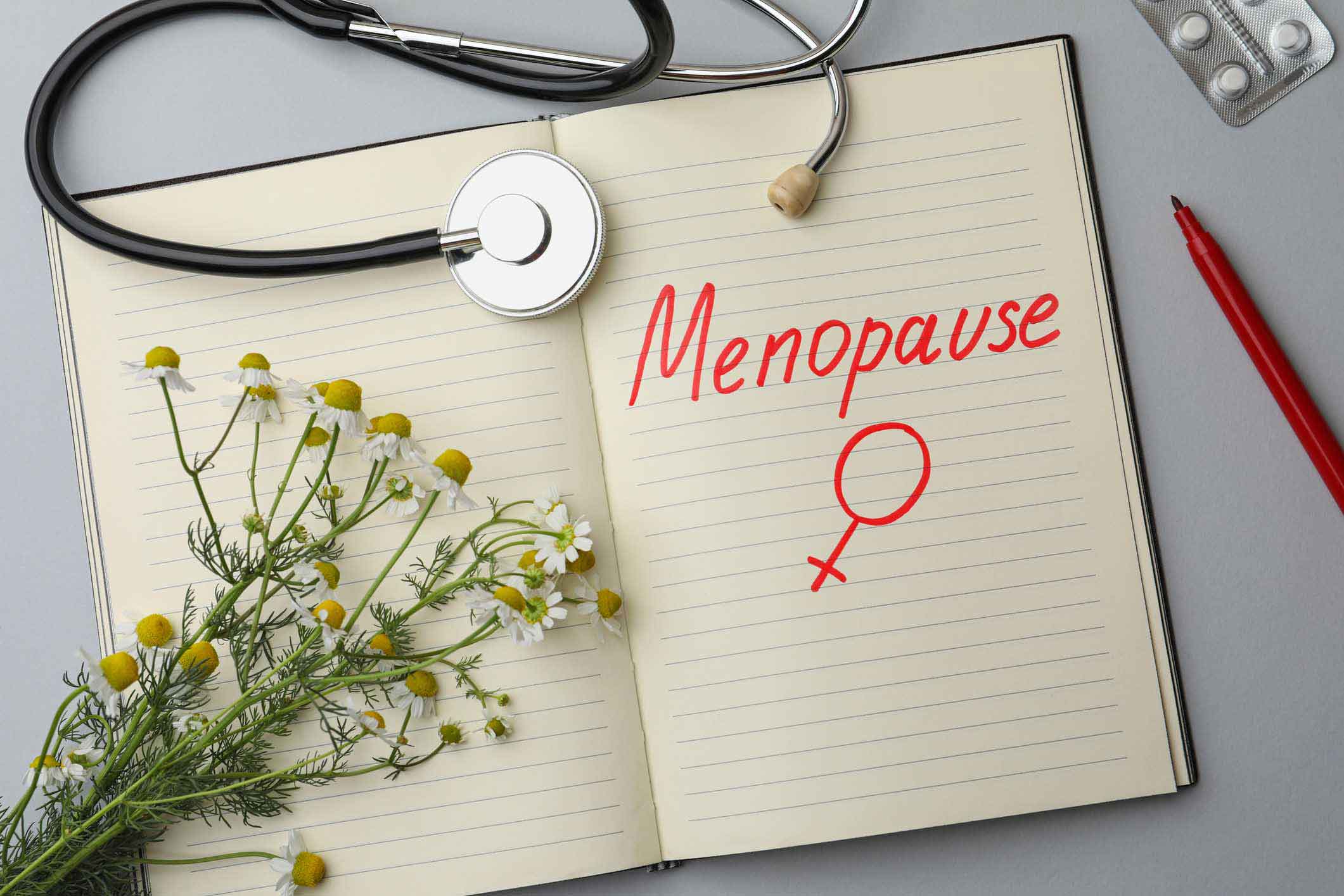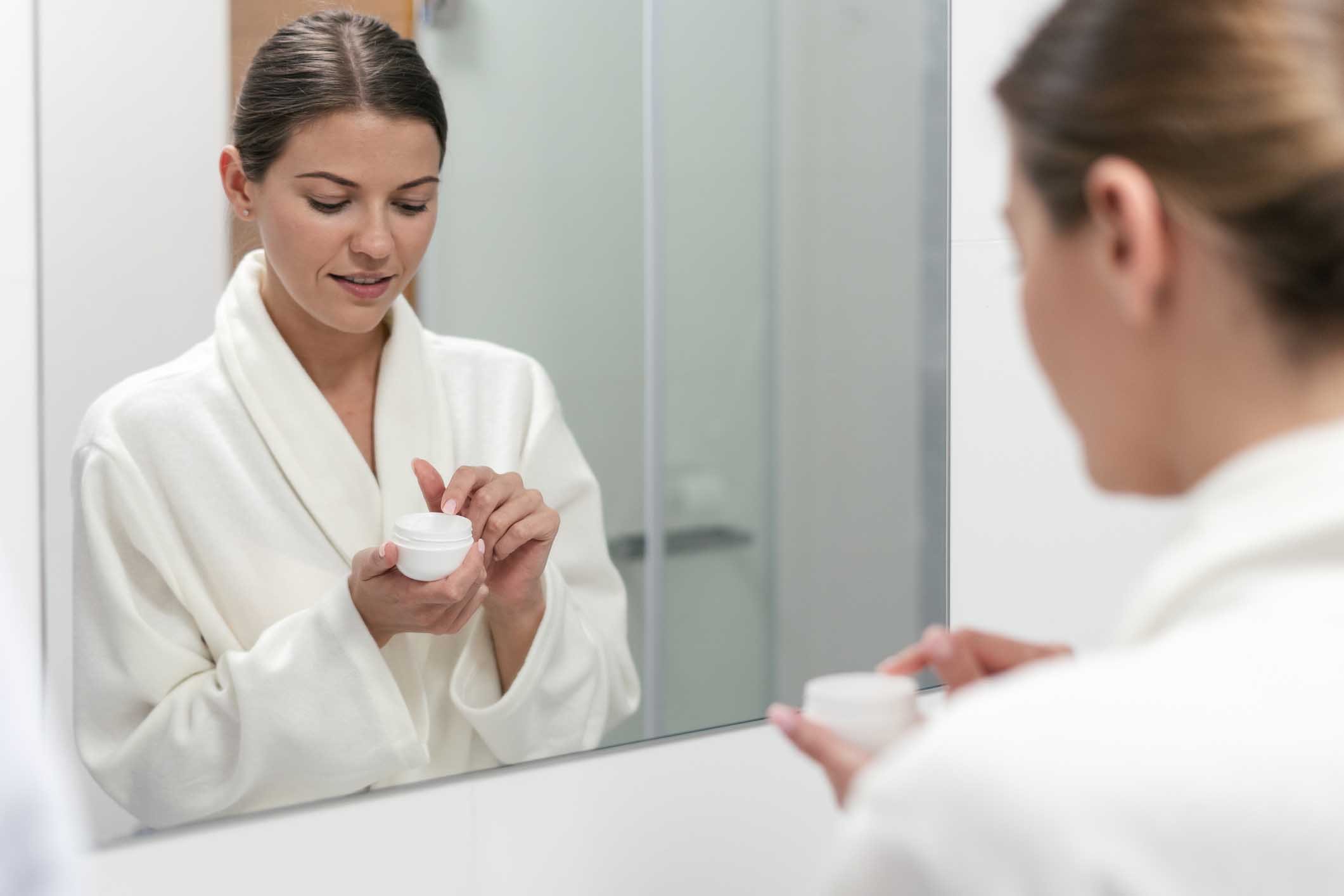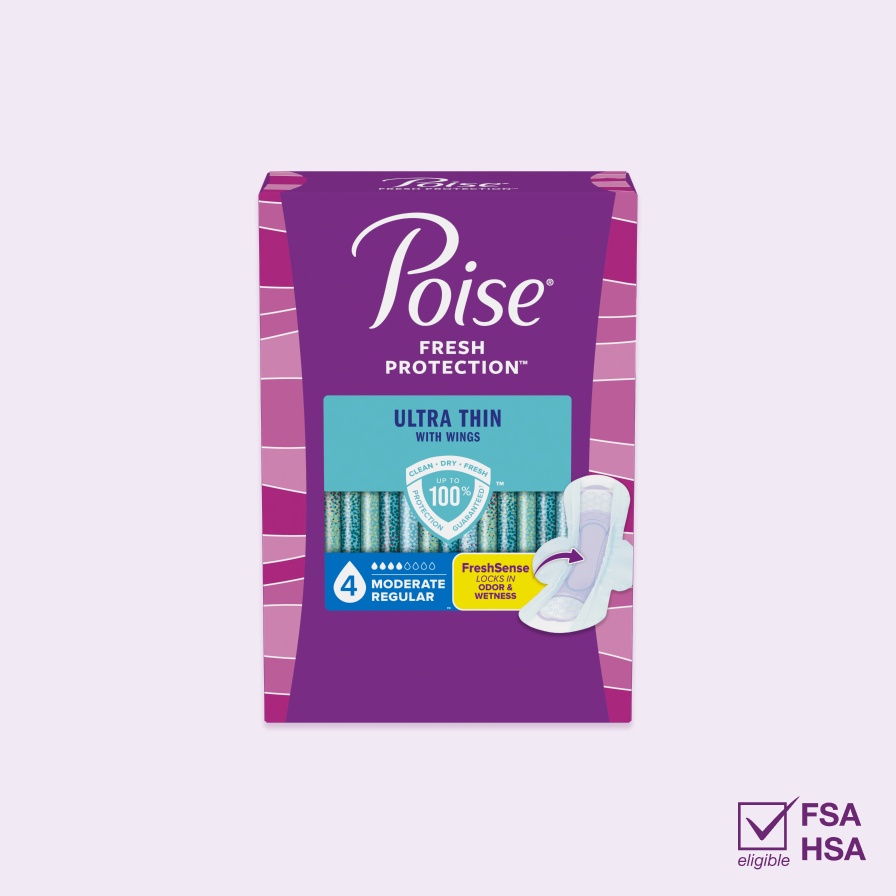Updates In Breast Health Monitoring & Mammograms
Updates In Breast Health Monitoring & Mammograms
Aside from menopause, another important rite of passage that women in their 40s and 50s must address is the prevention of and monitoring for breast cancer. Recent changes in breast cancer screening recommendations have caused much confusion, alarm and frustration for both women and their health care providers.
For a long time there was consensus amongst many professional societies that mammograms should start at 40 and be performed annually for most women in America. A couple of years ago, the U.S Preventative Services Task Force looked at large volumes of data (some in the U.S. but much from other countries) and announced we should start mammograms at 50 years of age and they should be performed every other year. Since that announcement many important professional organizations involved in women's health have taken a second look at the data and revised their recommendations, focusing specifically on the U.S. population where early-onset breast cancer may be more prevalent.
Current recommendations from the American Cancer Society, National Cancer Institute and American College of Obstetrics and Gynecology all support the previously accepted screening schedule ? that most women should start mammograms at 40 and should get one every year as long as they remain in good health. Those women with known risk factors (such as prior abnormal breast biopsy or known BRCA gene carrier) may benefit from earlier screening and from screening with other radiographic modalities such as breast MRI. A detailed medical and family history can help your health care provider to determine when and how you should be screened.
There are many things you can do to protect yourself from breast cancer. Screening is perhaps the most important step you can take as mammograms detect breast cancer at early stages before a mass can be felt; and the earlier the detection and treatment, the better the outcome. Achieving and maintaining a healthy weight is very important in prevention as fat cells create estrogen which impacts breast health. Likewise, routine physical activity is important in hormone regulation and cancer prevention. Women who get 30 minutes of cardiovascular exercise 5 times a week can reduce their breast cancer risk by 20%. Conversely, smoking (even second-hand smoke) can increase your breast cancer risk by 16%. Alcohol consumption can also increase breast cancer risk so you are advised to have no more than 1 drink a day and preferably no more than 3 alcoholic beverages a week.
Breast tissue is strongly affected by the female hormones so it is not surprising that breast symptoms can change a lot as our hormone levels fluctuate and decline during perimenopause. It is extremely common for women to experience breast pain, or mastalgia, during perimenopause. Hormone replacement is another common source of breast tenderness and breast fullness during menopause.
Rarely does breast pain signify something worrisome like cancer, though sometimes new onset breast pain (especially in just one breast) may indicate an underlying problem such as heart disease. It is worth bringing it to your health care provider's attention just to be sure.
Another breast symptom, which is less common but often found in perimenopause, is breast discharge. There are a number of things that can cause discharge including certain medications and certain non-cancerous breast conditions such as ductal ectasia. Other sources may include hormonal problems such as thyroid disease or pituitary tumors. Breast discharge that is white or yellow in color, is noted on both sides, and is elicited with nipple squeezing is less worrisome; whereas blood-tinged discharge or one-sided discharge that occurs spontaneously without nipple stimulation is more concerning. In either case, it is recommended you bring this to your physician's attention.
While self-breast examinations have not definitively been proven to help detect breast cancer earlier, they do serve an important purpose. Get familiar with your normal breast architecture. Be on the lookout for any new lumps or changes in the breast appearance. Take note of any lumps in the neck or armpit regions and look for new-onset breast discharge. If you note any changes, discuss them with your doctor. While many of these changes do not suggest breast cancer, some may. So be your breasts' best advocate ? take care of yourself, monitor for changes and speak up if you have any concerns.
Recommended Products
Absorbency Level
Absorbency Level















